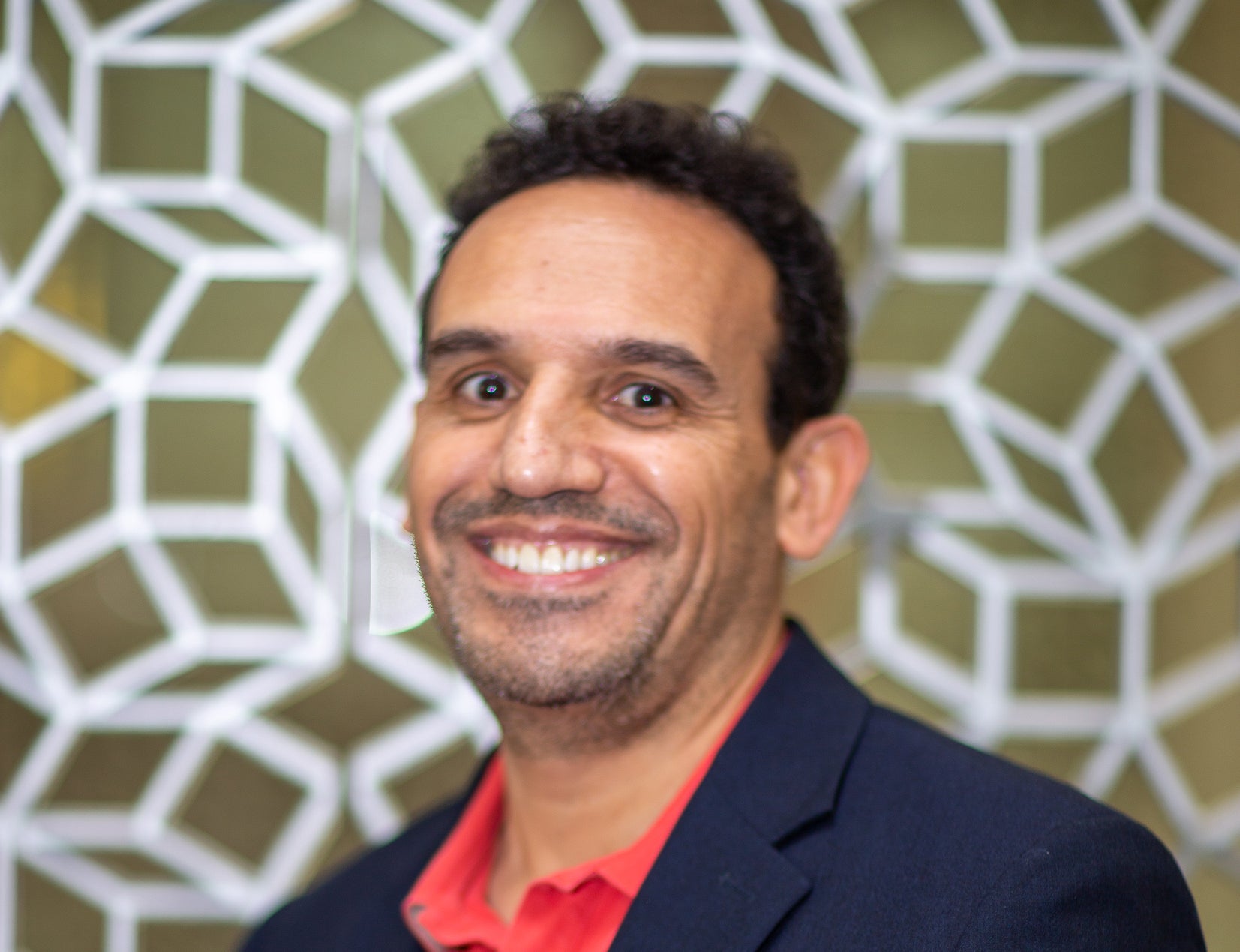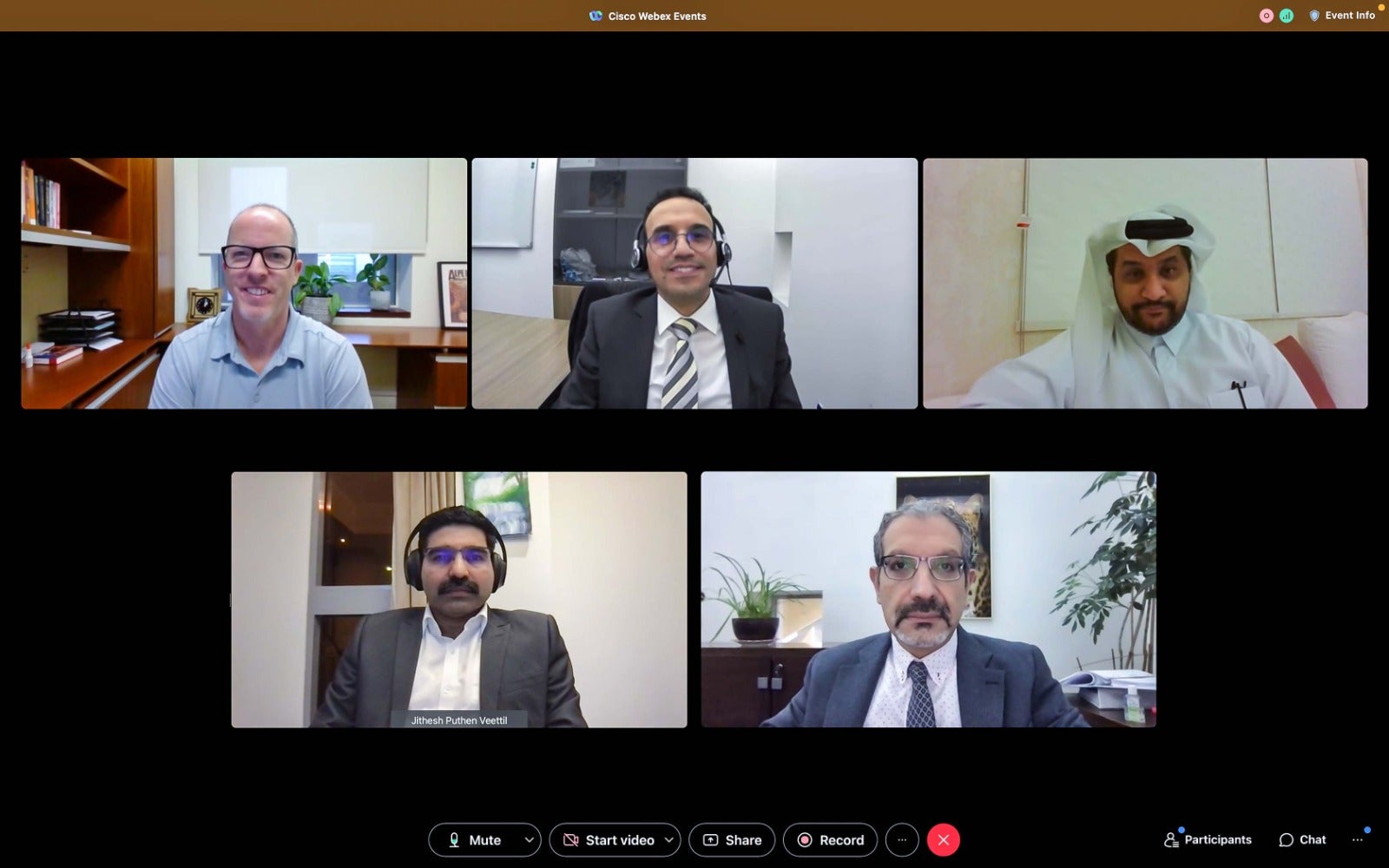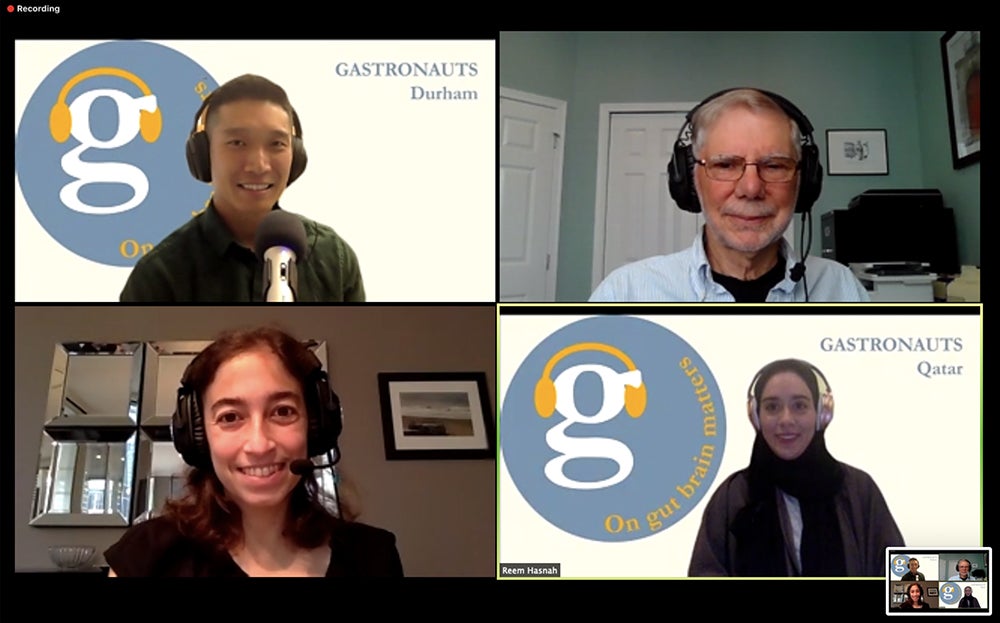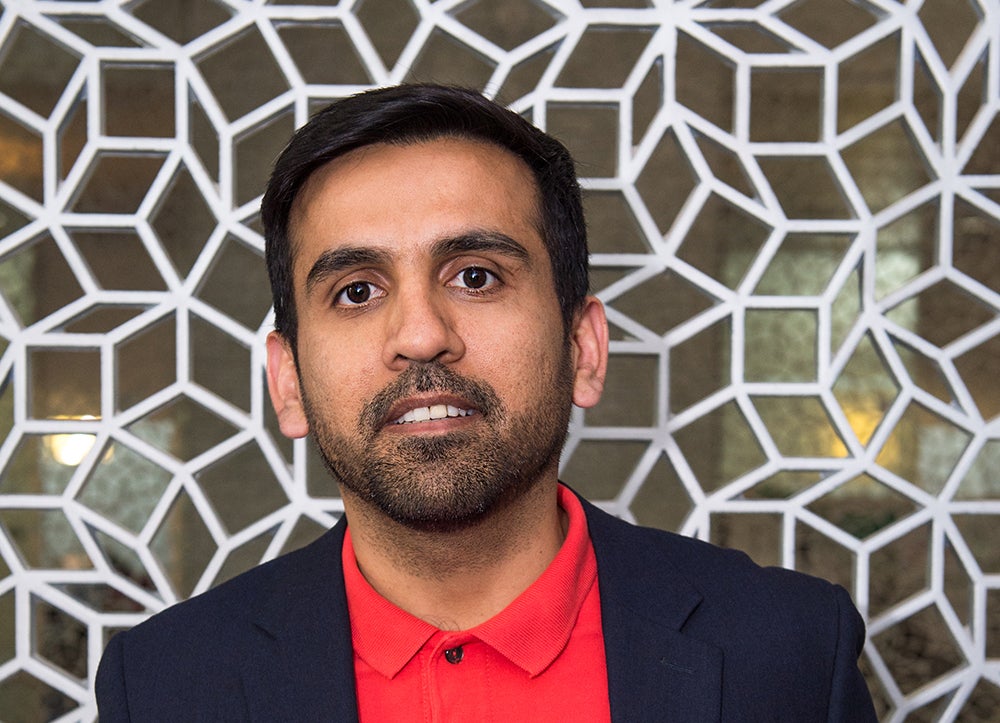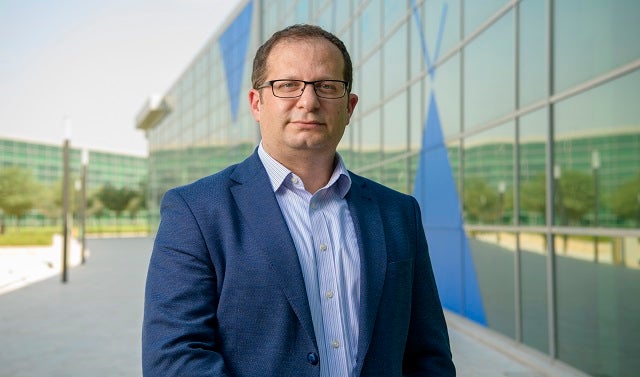By Dr. Dindial Ramotar and Dr. Ehsan Pourkarimi
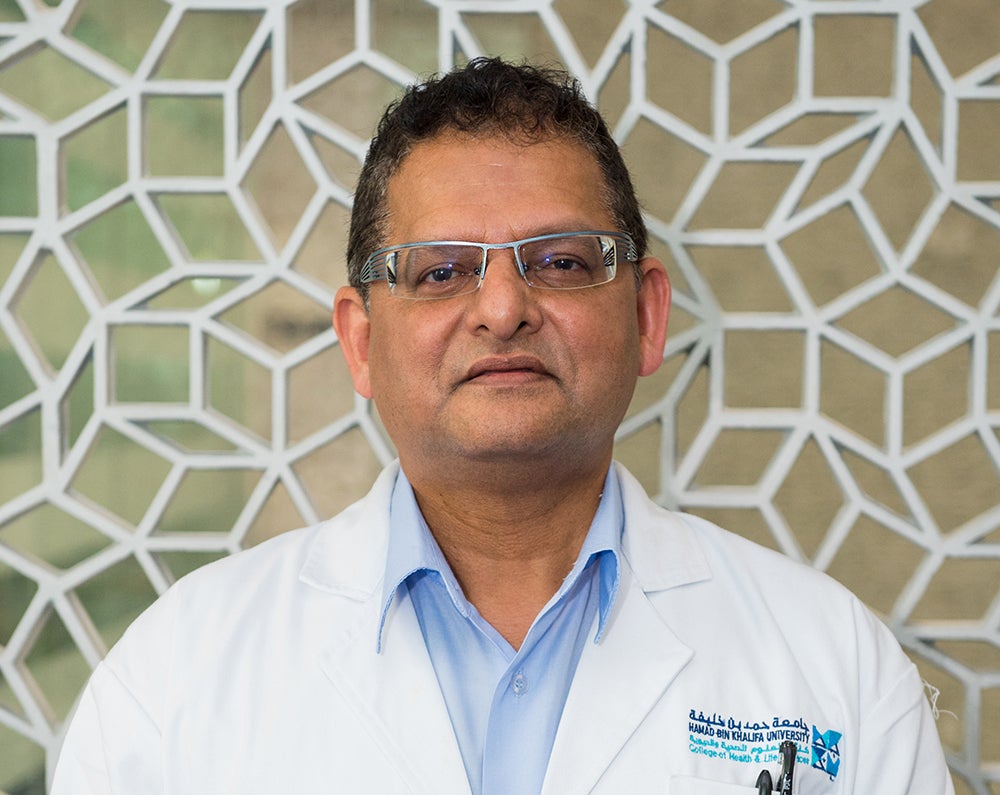
“Nature’s gift to science,” was how 2002 Nobel laureate Sydney Brenner once described the small roundworm, Caenorhabditis elegans. Nearly 30 years after the first breakthrough in aging research by Dr. Cynthia Kenyon, C. elegans - sharing many of the essential biological characteristics that are central problems of human biology - remains instrumental to understanding how we age.
In the late 1980s and early 1990s, Dr. Kenyon, then a young, newly appointed assistant professor at the University of California, San Francisco (UCSF), asked a forbidden question in science: can we live longer?
It was around the time that C. elegans had become a well-established model system, and only a very few scientists, if any, trusted that aging might be subjected to genetic regulation. Together with her undergraduate rotation students, Dr. Kenyon was determined to search for a mutant that could live longer, thus the pursuit of eternity was underway.
In 1992, the breakthrough happened: Dr. Kenyon’s group isolated a C. elegans mutant that could live twice as long as the wild-type. Indeed, this was the very first genetic evidence that disabling a single gene extended the lifespan.
The mutated gene turned out to be daf-2, which had not yet been genetically cloned (1). Unexpectedly, the lifespan extension of daf-2 mutation was compromised by a mutation in a gene called daf-16 (1). Further research and genetic epistasis placed the two genes in the same genetic pathway, with daf-16 acting downstream of daf-2.
These observations provided strong evidence of a biochemical pathway responsible for regulating the lifespan, something central that, when not in place, can promote a longer lifespan. This hypothesis seemed irrational at that time, but it facilitated a paradigm shift in understanding the aging process.
Overall, these observations in C. elegans have remained cornerstones of aging research and knowledge of the molecular mechanisms underpinning human aging. The understanding of aging regulation advanced further when the daf-2 gene was found to be the C. elegans’ counterpart of mammalian insulin growth factor receptor (IGFR) (2).
In addition, the daf-16 gene was shown to encode a FOXO family transcription factor, which functions in the same insulin-signaling pathway as DAF-2, explaining the genetic relationship between daf-2 and daf-16 mutations (1,3-5).
Decreased insulin-like signaling activity in worms was found to prolong lifespan—a surprising observation strongly linking diet to longevity. This data was consistent with previous observations that calorie restriction in mice and C. elegans extends their lifespan (6).
In 1977, Michael Klass, based at the University of Houston, Texas, demonstrated that lifespan in C. elegans increases under stressful conditions such as starvation (6). After this intriguing observation, Dr. Klass mutagenized worms, screening for mutants that lived substantially longer.
This genetic screen led to the isolation of a mutant able to live nearly 40% longer than the wild-type. Years later, this mutant was genetically mapped and found to be age-1 (7), which encodes the catalytic subunit of phosphatidylinositol 3-kinase (PI3K), a major signaling transducer that is activated by diverse receptor tyrosine kinases such as insulin and insulin-like growth factor receptors.
Interestingly, the activity of daf-16 was shown to be required for the prolonged lifespan of age-1 mutants. This finding shed light on a relationship that had previously eluded the scientific community, whereby daf-2, age-1, and daf-16 all work in the same genetic pathway.
At that point, it was evident that aging is subject to genetic regulation, and the race to uncover aging associated genes began.
In recent years, genome-wide association studies have clearly linked genetic variations in the insulin pathway to human longevity. Humans who live beyond the age of 90 tend to have mutations in the insulin growth factor receptor, thus leading to a decrease in insulin signaling and prolonged lifespan.
Another essential nutrient-sensing protein that regulates lifespan is the target of rapamycin (TOR), a serine/threonine kinase that is functionally conserved between yeast and mammals. TOR is a master regulator of metabolism and nutrition signaling, and stimulates cell growth by promoting protein and lipid synthesis while inhibiting autophagy, a process that engulfs and degrades unwanted cellular components such as dysfunctional proteins.
TOR signaling functions as a central hub where other nutrition and growth factor signaling, mainly the insulin pathway, converges. Activation of the insulin receptor tyrosine kinase leads to PI3K-dependent activation of the TOR complex.
The FOXO transcription factor causes changes in metabolism and induces the expression of genes associated with lifespan extension, such as antioxidants and heat shock genes. In C. elegans and Drosophila, a species of flies, moderate genetic perturbations in TOR signaling result in a 30% lifespan extension (10). Moreover, pharmacological inhibition of TOR increases lifespan in yeast, worms, flies, and mice.
Over the past decade, the interaction between insulin signaling and the TOR pathway has become more apparent. Biochemical and genetic studies have identified dozens of proteins that concurrently regulate lifespan.
Scientists at MDI Biological Laboratories—in collaboration with researchers at the Buck Institute and the Nanjing University of China—recently identified a synergistic effect of insulin signaling and the TOR pathway that primes C. elegans to live up to five times longer, the equivalent of a 400-500 year increase in lifespan in humans.
Each of the aforementioned pathways has a moderate effect on life extension: TOR inhibition increases lifespan by 30%, whereas diminished insulin signaling doubles the lifespan. Mutants carrying a double mutation in both the insulin signaling and TOR pathways exhibit a genetic synergy resulting in a 500% increase in lifespan.
In a recent study, the authors found that cytochrome c, an evolutionarily conserved mitochondrial protein, mediates this synergic effect. In other words, downregulation of cytochrome c in the germline of C. elegans activates the mitochondrial stress response in intestinal cells non-autonomously. These surprising findings reveal the effects of the network of multiple longevity associated pathways in regulating an organism’s lifespan.
On the whole, these exciting findings contribute to the understanding of aging and advance the field a step closer to improving age-related human health problems. Although aging research is growing at an unprecedented pace, the associated ethical issues remain to be addressed.
Do we need to live longer, given the limited resources on earth? Alternatively, should we perhaps focus on increasing the ‘healthspan,’ prolonging healthy life rather than extending lifespan?
Because there is no limit to human knowledge, there is no limit to scientific dreams like Dr. Kenyon’s. Now, nearly 30 years after the discovery of the first aging gene, Dr. Kenyon is an experienced scientist devoted to developing drugs that can increase the healthspan in humans, and she still uses C. elegans, “nature’s gift to science,” as her model system.
Dindial Ramotar (professor) and Ehsan Pourkarimi (assistant professor) work at the College of Health and Life Sciences, Hamad Bin Khalifa University
This article is submitted on behalf of the author by the HBKU Communications Directorate. The views expressed are the author’s own and do not necessarily reflect the University’s official stance.
Related News
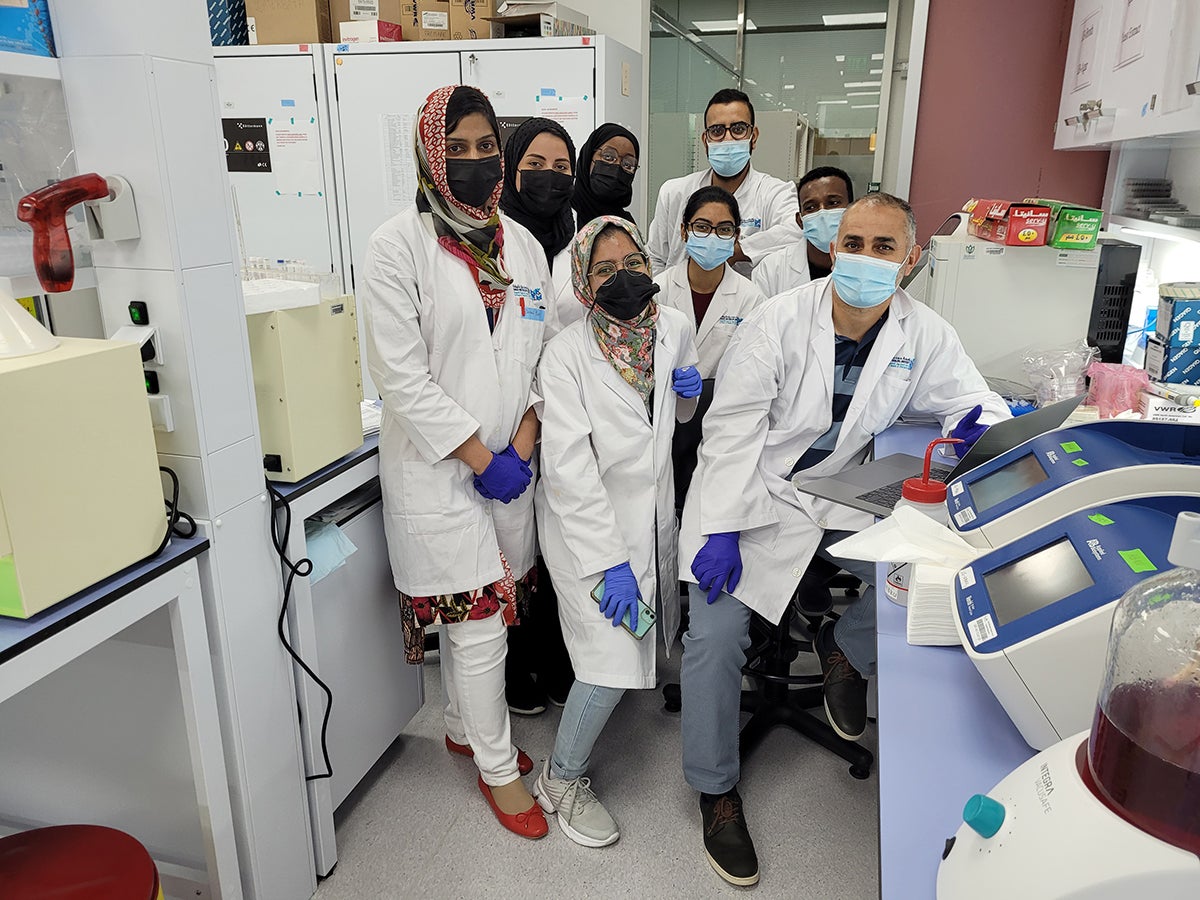
CHLS Hones Participants’ Abilities During Essential Laboratory Skills in Molecular and Cellular Biology Workshop

College of Health and Life Sciences a Partner in HMC’s Person-Centered Care Forum 2021
